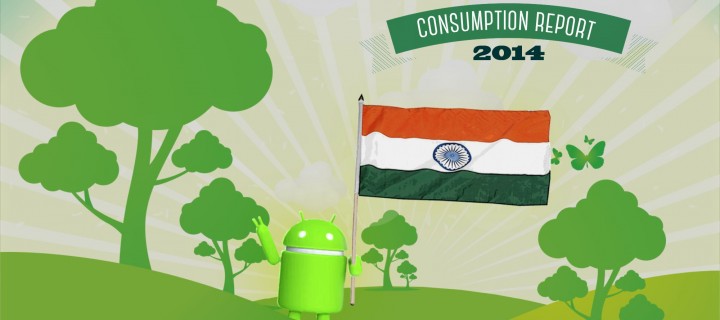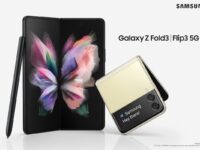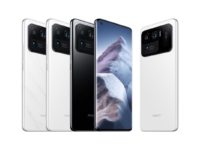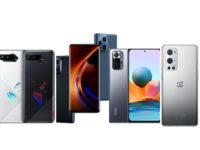The smartphone market in India has changed drastically over the last few years. There are smartphones been launched every alternate days, the number of people adopting to new technology has constantly been on rise. And with affordable Indian and China-based brands at our disposal the mobile industry is only booming. PriceBaba.com carried out an interesting survey to find out which Android version is the most used among Indian consumers. It also came up with a result of which smartphones are been used the most.
The report created by PriceBaba has been consolidated with over 33 million app downloads as gathered by some of India’s most famous app developers. The participating apps were the popular ones like FreeCharge, BookMyShow, Zomato, IntouchApp, CouponDunia, Gaana, Times of India, Times City and Taxi For Sure. The results were as below:
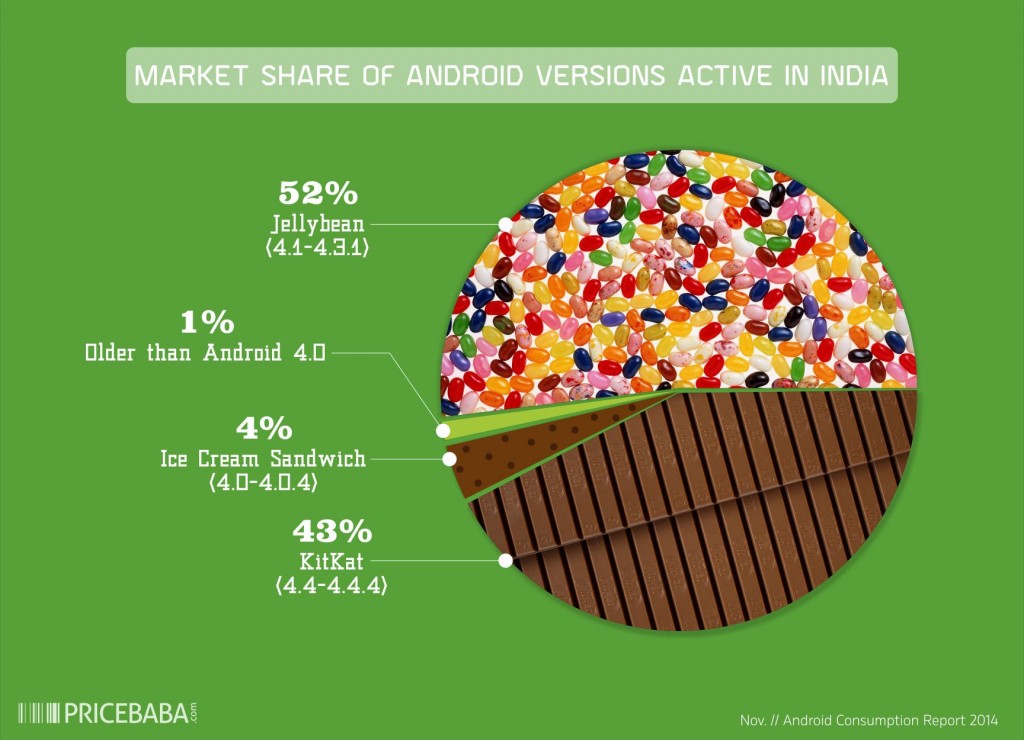
As you can see on the infographic, Jellybean tops the Indian market share with 52% while KitKat follows it with 43%. The scene is similar globally, too. Google’s dashboard signifies Jelly Bean with the highest share of over 48% while KitKat follows it with 33%. While, ICS has a share of 4% in the Indian markets, it is 7.8% globally. The striking difference is between the the older versions. While Indian market share shows just 1% for all the older versions like Gingerbread, Froyo & Honeycomb, Google’s dashboard have reported 9.6%. There were some insights shared regarding it by the Founders of these apps.
Here’s what Deepak Abbot, Head — Mobile Growth at Times Internet said,
“I guess because true Android revolution began about a year back and majority volume of Android phones were sold in last 12 months (5 million a month each) – hence most of them came with ICS & upwards”
When asked on the consumption of older versions in India as compared to the consumption globally, here’s what Sarang Lakare, Founder & CEO at Volare Technologies (IntouchApp) said:
“India has caught on the smartphone bandwagon late. So it is natural that older versions of Android are either not being used, or used in the secondary market (lower buying power). People moving to smartphones in the last year or so (which is the BIG jump) are not on Gingerbread. Also, tech savvy people switching from Blackberry are also on post-Gingerbread Androids.”
The survey also mentioned which were the top 3 phones accessing their apps. The findings were as below:
Samsung’s Galaxy Grand Duos and Samsung Galaxy Note 2 were the Top 2 phones among the Top 3 as Samsung owns a majority of market share. Motorola’s Moto G (1st Gen) was quite a popular device and garnered acclaim from both critics as well as consumers. The company offered an almost stock Android 4.4 running phone at an affordable price. Also, the formula of online-only sale model has clearly worked for them. Flipkart & Motorola seem to have captured a very savvy user base with the Moto G, making it the most used Android device for accessing popular apps in India.
Alok Goel, CEO Freecharge, also shared his insights on how smartphones and platforms have evolved in their startup. He says,
“In last 10 months, our product strategy has changed from Mobile-first to Mobile-only. It is a reflection of the exponential growth we have witnessed on mobile transactions and is in line with our company’s vision. India had only 2M mobile internet users in 2009 and now we have over 100M mobile internet users. India is already past the hockey stick growth trend on mobile and we are seeing same for our business. Current split of transactions of Mobile Platforms at FreeCharge is Android-heavy at 95%. However, Windows Phone is also growing at a very rapid pace. We expect India to be a country of Android and Windows Phone in a year from now.”
Even on PriceBaba.com, affordable Windows Phones like the Nokia Lumia 520, Lumia 620 have gained a position among the top 100 phones in the entire of 2014.
Manu, Head of Product & Vrishank, Head of Communications at BookMyShow, further commented,
“We have been seeing great numbers on the Android platform, which should not come as a surprise to anyone. What is surprising is that the Windows Phone platform has also shown good download numbers, but lags behind in usage and transaction volumes. And iOS users have been the most engaged ones.”

